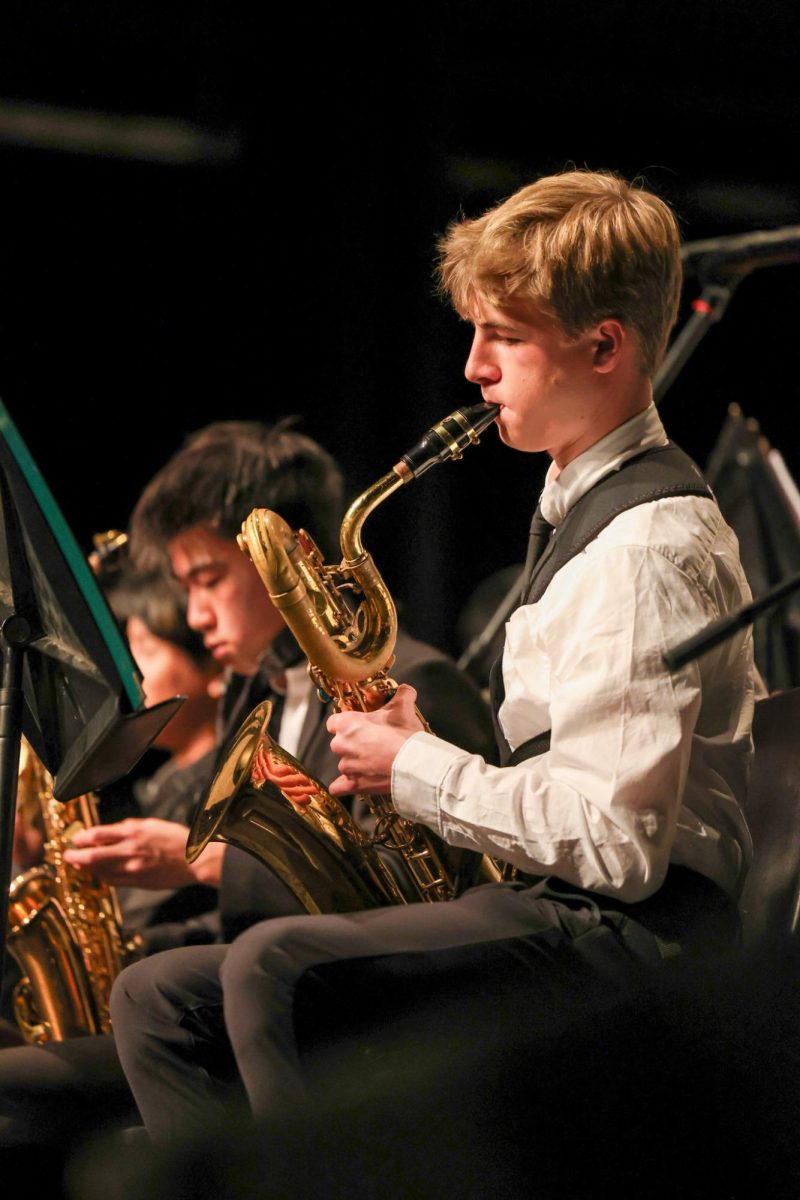Impact of gentrification
Villalobos said Palo Alto’s housing was rife with redlining — preventing certain groups of people from living in certain areas — which was mainly meant to keep African Americans out of traditionally white neighborhoods.
“Redlining was reinforced by many of the banks, where they specifically were not lending money to African American families to get homes in different parts of the cities because they believed that it would lower property values,” Villalobos said.
Palo Alto residents even took redlining one step further with “blockbusting,” a practice where whites would move out once an African American family moved into the area.
But Villalobos said as more tech workers came into Silicon Valley in the 2010s, a lot of them chose to reside in East Palo Alto because of lower housing prices.
“When Facebook and all those other tech companies moved in that area, where were these people going to go,” Villalobos said. “They started to see East Palo Alto as well: It’s not as expensive as Palo Alto, and it’s closer to my job than San Jose.”
And home prices in East Palo Alto have skyrocketed. In 2010, a year an economic recession, the median home price was about $250,000 in East Palo Alto, according to realtor Juliana Lee. Since then, the median home price in East Palo Alto has surpassed $1,000,000.
In comparison, the median home price was about $1.5 million in Palo Alto in 2010. Today, the median home price is closer to $4 million. The average household income in East Palo Alto is $136,345 with a poverty rate of 12.19%, while in Palo Alto the average household income is $301,266 with a poverty rate of 4.6%.
Abrica said many early home buyers in East Palo Alto decided leave at housing prices went up because they could make a lot of money by selling.
As a result, Abrica said the process can benefit people that own their houses.
“Because the value of the properties has gone up, and that’s one of the phenomena of gentrification, then the people who bought their homes for less money now can cash in for a lot of money,” Abrica said.
With more early buyers selling their homes, Abrica said more people from outside the city are coming to East Palo Alto.
Another factor increasing gentrification is East Palo Alto is a change in community perception.
In 1992, East Palo Alto was known as the Murder Capital of the US. The homicide rate was 175 murders for every 100,000 people, while the nationwide rate was 9.3 murders for every 100,000 people — almost 20 times less.
Lopez said East Palo Alto’s infamous violence pushed down property prices.
“People move into an area for the quality of the schools and for the sense of safety,” Lopez said. “Our location has always been an asset. What countered it was this perception from folks about … the stigma around the community and how it’s been represented throughout its life.”
However, East Palo Alto’s crime rates are turning around. In 2023, the city had zero homicides. Lopez said now that crime is falling, gentrification may begin to accelerate in East Palo Alto, pushing even more people out.
“Last year we had zero homicides,” Lopez said. “So for me, that’s great—that we are a safer community. The flip side of that is that you have this enormous appreciation of property values.”
Although many people think gentrification has only affected East Palo Alto, Abrica said Palo Alto actually suffers more now from gentrification because of its lack of rent control laws.
“The renters in Palo Alto are being gentrified every single day, more than our renters,” Abrica said. “Why? Because in East Palo Alto, and I know that because I’ve been personally involved the minute I moved there, we have had rent stabilization and just cause eviction laws.”





